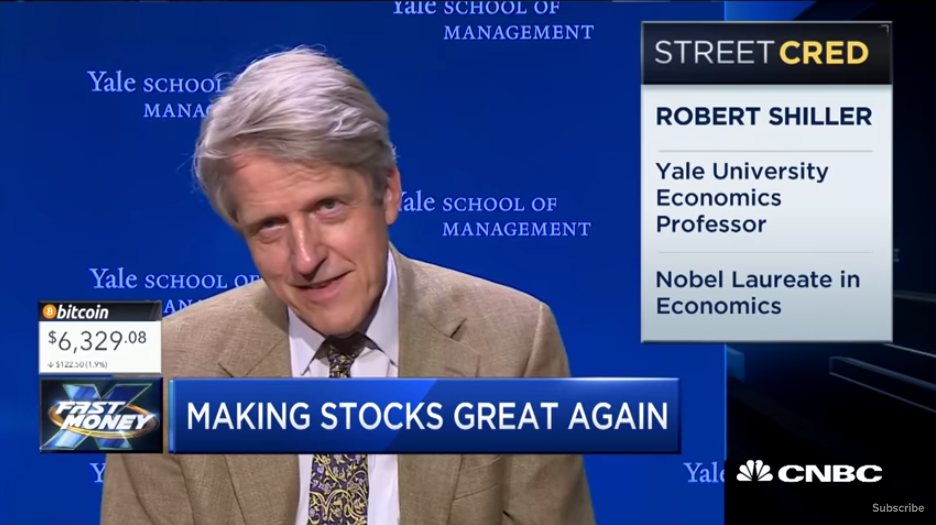The yield curve has been in the news with its latest inversion, which has a strong reputation of being a predictor of a recession and what that means for the stock market.
Count Nobel Prize-winning economist Robert Shiller as less than a believer in the inverted yield curve’s accuracy.
Per MarketWatch:
In an interview with Bloomberg Television on Friday, he argued that much of the curve’s reputation is “to some extent…a product of what you call data mining.” In this case, while it’s true that an inversion of the curve, particularly when the 10-year Treasury yield TMUBMUSD10Y, +3.17% falls below the 3-month T-bill yield TMUBMUSD03M, -0.11% has preceded every recession since the late 1950s, it’s important to ask, “how many recessions have you had?”
In other words, the fact that an inverted curve has preceded the past seven recessions with only one outright false positive sounds impressive, but is perhaps too small a sample to get that excited about.
The 10-year-to-3-month measure of the curve inverted on March 22. That measure has been identified by researchers at the San Francisco Federal Reserve as the most reliable curve-related recession indicator. Stocks sold off sharply last Friday as the curve inverted, but have since rebounded, with the S&P 500 SPX, +0.81% on track for a 0.8% weekly rise and the Dow Jones Industrial Average DJIA, +0.92% up 1.1%.
Meanwhile, analysts have debated the implications of the inversion for the stock market, with bulls noting that recessions have tended to follow the inversion by more than a year, a period that, on average, has seen robust stock-market returns. Bears contend the inversion is a signal the stock market has already peaked and will likely see pressure in months ahead as further signs of a slowdown begin to come into view.
Shiller, meanwhile, said it was extraordinary that the 10-year/3-month measure of the curve had gained little attention when it had been hovering above an inversion only to become the subject of a media frenzy once it turned negative.
“That’s an overreaction to one indicator,” he said.




